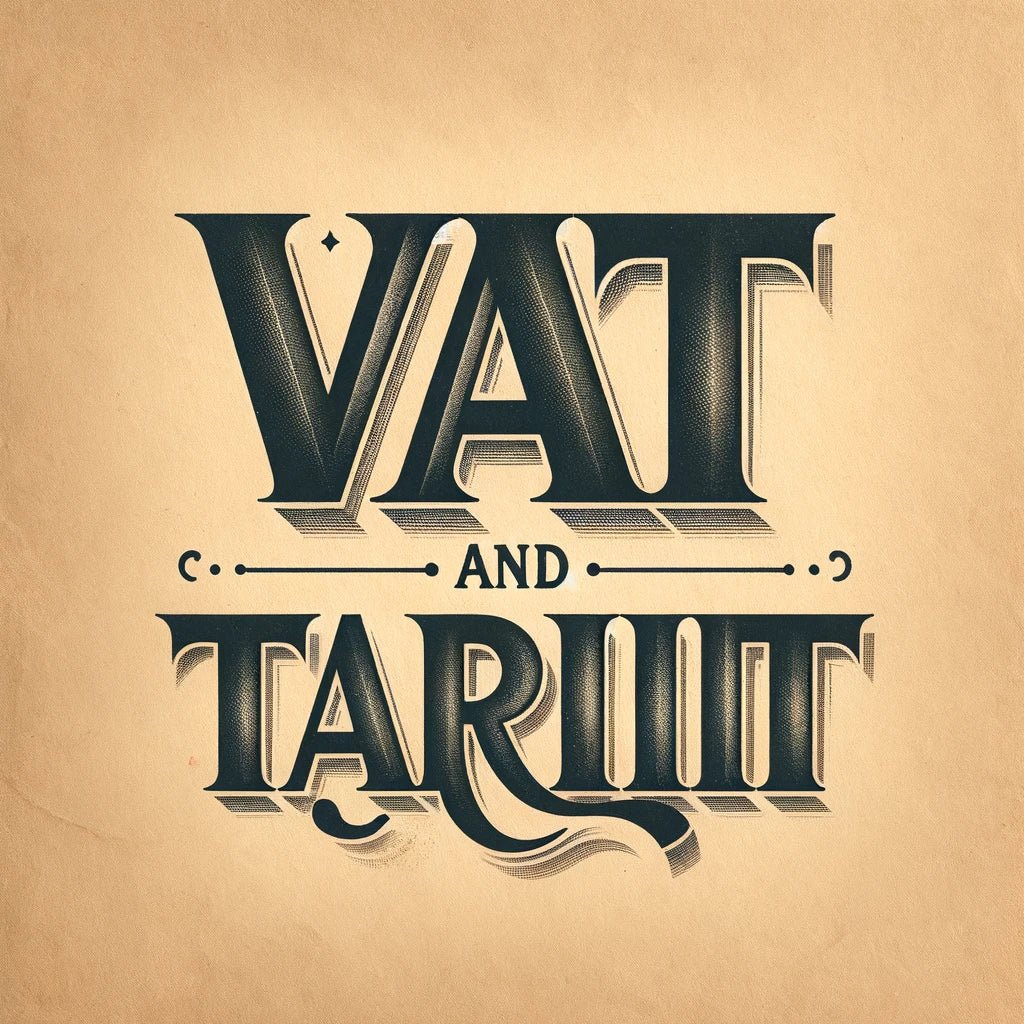Understanding the Nuances: VAT vs. Customs Duties and the U.S. Tax Landscape
Two terms often arise in international trade and commerce: VAT (Value Added Tax) and customs duties. Both forms of taxation imposed on goods serve distinct purposes and are applied differently within the global trade ecosystem. This comprehensive exploration will examine the differences between VAT and customs duties and whether the United States employs a VAT system.
VAT vs. Customs Duties: A Comparative Analysis
- Purpose and Application:
- VAT: Value Added Tax is a consumption tax levied on the value added to goods or services at each stage of the production and distribution chain. It is ultimately borne by the end consumer and is designed to tax consumption rather than production or income. VAT is applied domestically and is typically included in the purchase price of goods or services.
- Customs Duties: Customs duties, or tariffs, are taxes governments impose on goods imported into a country. They are applied at the border or point of entry and are intended to generate revenue, protect domestic industries, regulate trade, or influence economic policy. Customs duties are specific to imported goods and are collected by customs authorities upon entry into the country.
- Scope and Calculation:
- VAT: VAT is a broad-based tax applied to a wide range of goods and services consumed within a country. It is calculated as a percentage of the selling price of goods or services and applied at each production and distribution stage. VAT rates can vary depending on the country and the type of goods or services.
- Customs Duties: Customs duties are specific taxes imposed on imported goods and are generally applied to particular categories of products. The calculation of customs duties is based on factors such as the value, quantity, or weight of the imported goods, as well as any applicable trade agreements or tariff schedules between countries.
- Timing and Collection:
- VAT: VAT is typically collected by retailers or service providers at the point of sale. It is included in the purchase price paid by the consumer and is remitted to the government by businesses throughout the supply chain.
- Customs Duties: Customs duties are collected when goods enter the country and are assessed by customs authorities at the border or point of entry. They must be paid before the goods can be released for distribution or sale within the country.
Does the United States Have a VAT System?
Unlike many other countries, the United States does not have a national VAT system. Instead, the U.S. relies primarily on sales taxes imposed at the state and local levels on selling goods and services. Sales taxes operate differently from VAT in that they are typically applied only once, at the final point of sale to the end consumer.
While the United States does not have a VAT system, it does impose customs duties on imported goods. Customs duties are collected by U.S. Customs and Border Protection (CBP) upon entry into the country and are based on factors such as the value, quantity, or weight of the imported goods. These duties serve various purposes, including revenue generation, protection of domestic industries, and international trade regulation.
In summary, while VAT and customs duties are both forms of taxation applied to goods, they serve different purposes, are applied at different stages of the importation process, and are governed by distinct regulations. While the United States does not have a VAT system, it does impose customs duties on imported goods as part of its trade policy and revenue generation efforts. Understanding the differences between VAT and customs duties is essential for navigating the complex landscape of international trade and commerce.




